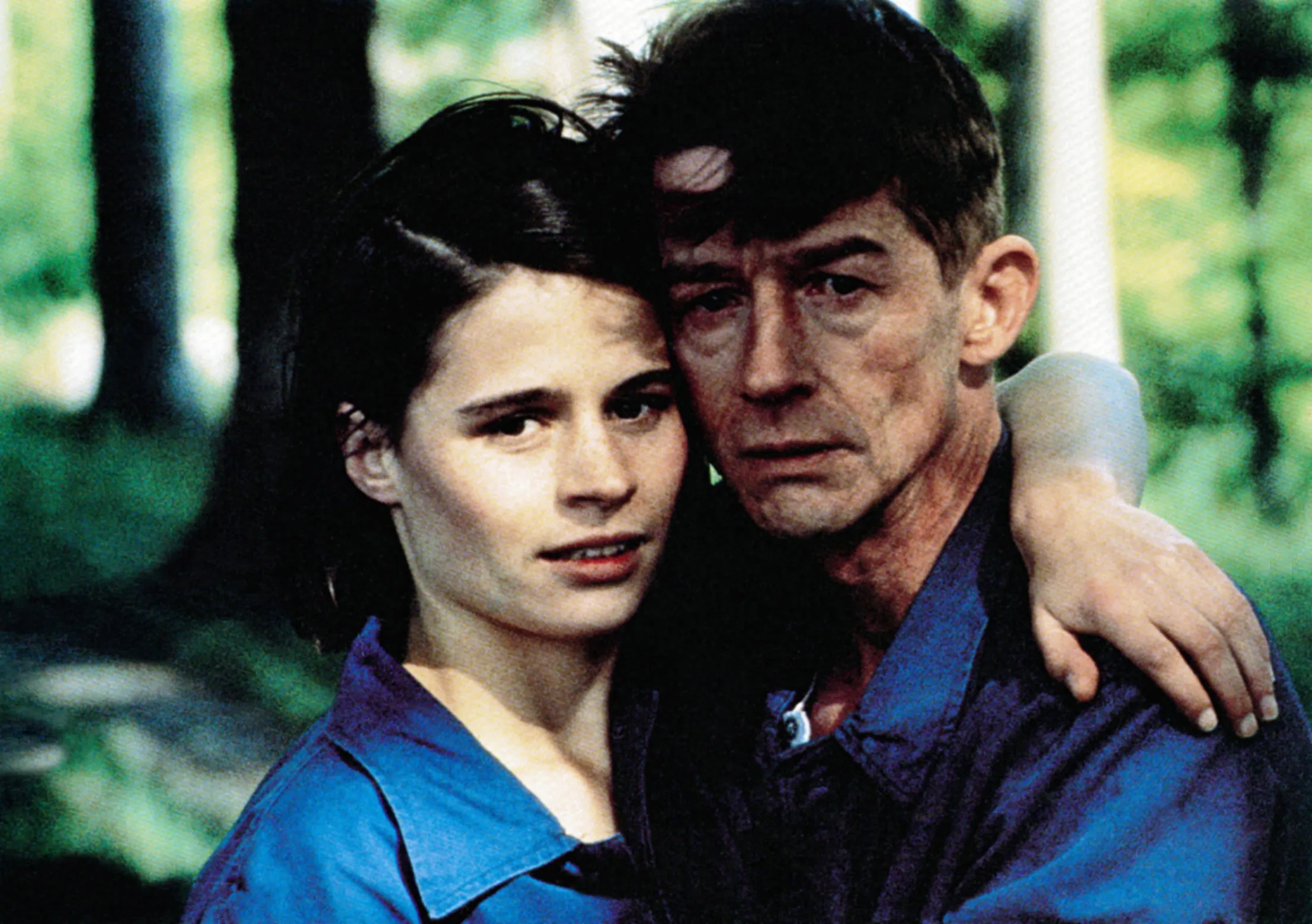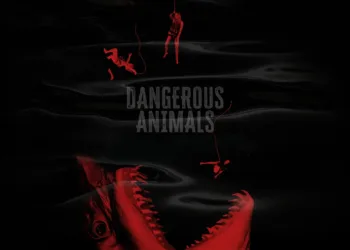Raoul Peck’s Orwell: 2+2=5 recasts the mid-20th-century warning in 1984 as a living document for today’s fractured world. By invoking the titular formula—George Orwell’s shorthand for enforced falsehood—the film frames its inquiry into how states and corporations deploy distortion as a tool of control. Shot partly on the windswept isle of Jura, where Orwell completed his dystopian vision, the documentary bridges past and present, asking how propaganda, mass surveillance, and truth-bending rhetoric permeate contemporary societies.
At its core, Peck poses a simple question: if “two plus two equals five” can be made plausible under totalitarian rule, where do we stand when modern leaders traffic in alternative facts? Through Damian Lewis’s measured readings of Orwell’s letters and essays, intercut with archival footage, news clips and scenes from adaptations of 1984, the film maps each of Oceania’s slogans onto real-world events.
Is this a rigorous wake-up call or a scattershot collage of familiar comparisons? Peck’s answer emerges gradually, inviting viewers to decide whether this portrait of political distortion grips with the force of its historical forebear or falls back into well-worn territory.
Narrative Structure & Directorial Vision
Peck structures the film around the trilogy of doublethink slogans—“War Is Peace,” “Freedom Is Slavery,” “Ignorance Is Strength”—using each as a lens on modern power dynamics. The opening aerials of Jura establish a contemplative tone before cutting sharply to wartime speeches and images of conflict, signaling a pivot from place to polemic. Transitions hinge on Orwell’s own words, spoken by Lewis, which tether the jump cuts to a coherent thread.
Rather than follow a purely biographical path, Peck balances intimate glimpses of Orwell’s Burma policing years, his declining health on Jura and his personal losses with broad analytical segments on political propaganda. This interplay sometimes de-emphasizes narrative momentum in favor of thematic breadth: one moment you’re immersed in turbulent aerials of Myanmar, the next you’re reviewing corporate data-mining or AI-generated imagery.
Key turning points—George W. Bush’s Iraq speech reframed as Big Brother doublespeak, the January 6 insurrection depicted through slow-motion rioters—punctuate the film’s arc. The result is a rhythm that shifts between reflective and urgent, challenging viewers to stay alert as the argument unfolds.
Thematic Depth & Contemporary Parallels
Peck’s film interrogates how state and private actors repurpose Orwell’s warnings for new forms of control. In the “War Is Peace” segment, footage of early-2000s U.S. propaganda, Putin’s euphemistic “special military operation” and Myanmar’s junta broadcasts overlap, showing how truth becomes malleable.
When “Freedom Is Slavery” arrives, Peck spotlights rising inequality through images of tech CEOs aboard private jets and workers protesting stagnant wages, underscoring how economic coercion parallels political subjugation. The “Ignorance Is Strength” chapter examines how social media algorithms amplify disinformation—AI-generated deepfakes of political figures flicker beside headlines about book bans in Europe and the Americas.
While the film casts a wide net—from El Salvador’s anti-immigrant laws to protests in Hong Kong—the emphasis on U.S. politics remains pronounced. January 6 receives extensive coverage, with riot footage and Trump’s own speeches repurposed as Orwellian proclamations. Yet Peck’s focus on episodes up to 2021 feels temporally narrow; more recent developments might have sharpened the critique.
Orwell’s own contradictions surface only faintly. Brief passages acknowledge his class biases and colonial attitudes, but the film stops short of exploring how these blind spots shaped 1984’s depiction of the proles or influenced later movements for social justice. Instead, Peck pivots toward a final montage on collective action, invoking Orwell’s hope that “if there is hope, it lies with the proles,” and asking whether ordinary people can still disrupt the machinery of modern misinformation.
Technical Craft & Presentation
Damian Lewis’s narration provides an anchor: his clear enunciation and restrained cadence lend gravity without theatrical excess. Cross-cutting between black-and-white clips of past adaptations and high-definition news footage heightens contrasts between fictional dystopia and our lived present. On-screen graphics—charts of GDP inequality, animated spreads of banned-books lists—are deployed sparingly, ensuring they underscore rather than obscure the message.
Cinematography alternates between the windswept isolation of Jura’s coastline and handheld war-zone footage in Ukraine, lending the film both meditative pauses and visceral urgency. Sound design teases out the tension of Orwell’s prose with subtle drones and the occasional pulse of military drums.
Typography for quotes appears in a stark, utilitarian font that echoes the Ministry of Truth’s aesthetic, while the occasional animation of bacterial shapes—symbolizing Orwell’s tuberculosis—serves as a motif for disease, both literal and ideological. Together, these elements reinforce Peck’s view that Orwell’s 1940s warnings remain an active blueprint for understanding today’s global power plays.
Orwell: 2+2=5 premiered on May 17, 2025, in the Cannes Premiere section at the Cannes Film Festival.
Full Credits
Director: Raoul Peck
Writers: Raoul Peck
Producers: Raoul Peck, Alex Gibney, Nick Shumaker
Cast: Damian Lewis
Directors of Photography (Cinematographers): Julian Schwanitz, Ben Bloodwell, Stuart Luck, Aera, Maung Nadi, Roman T
Editors: Alexandra Strauss, Marie Pascaud
Composer: Alexeï Aïgui
The Review
Orwell: 2+2=5
All told, Orwell: 2+2=5 offers a stirring, globe-spanning meditation on the mechanics of propaganda and control, anchored by Lewis’s steady narration and Peck’s bold visual juxtapositions. While its broad scope sometimes sacrifices depth—particularly regarding Orwell’s own biases—it succeeds as an urgent call to vigilance against ever-evolving forms of ideological coercion.
PROS
- Globally scoped parallels that illuminate modern propaganda
- Damian Lewis’s clear, measured narration
- Striking visual juxtapositions of archival and contemporary footage
- Effective use of Orwell’s own words to frame each segment
CONS
- Ambitious breadth can dilute focus
- Heavy emphasis on events up to early 2021
- Limited exploration of Orwell’s personal blind spots
- Pacing occasionally feels uneven

















































